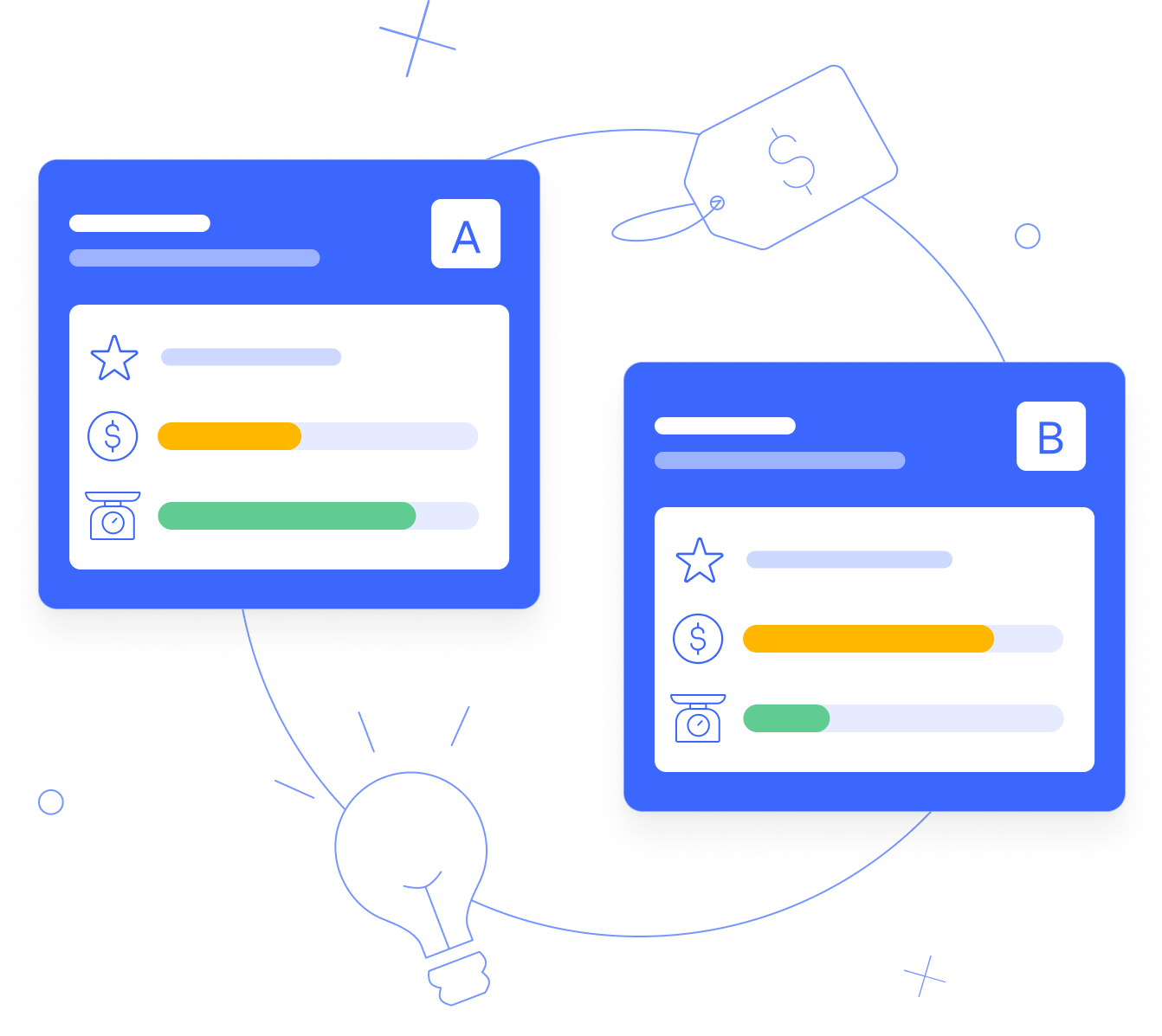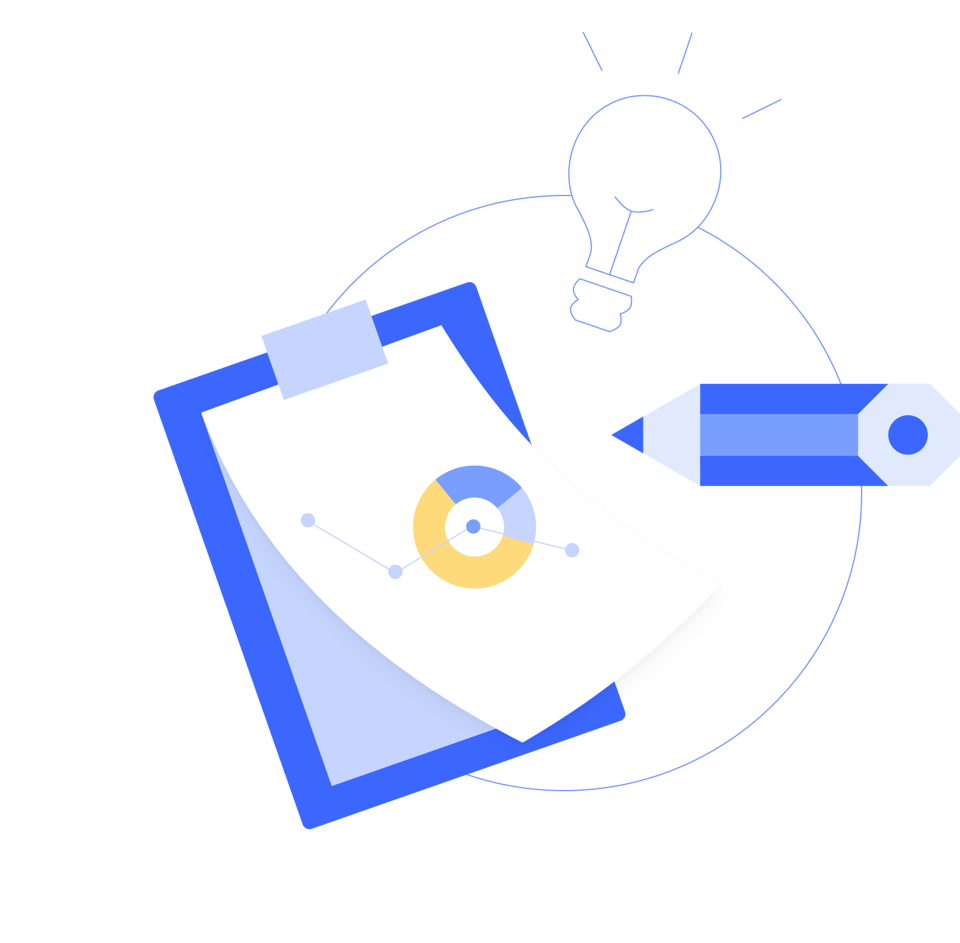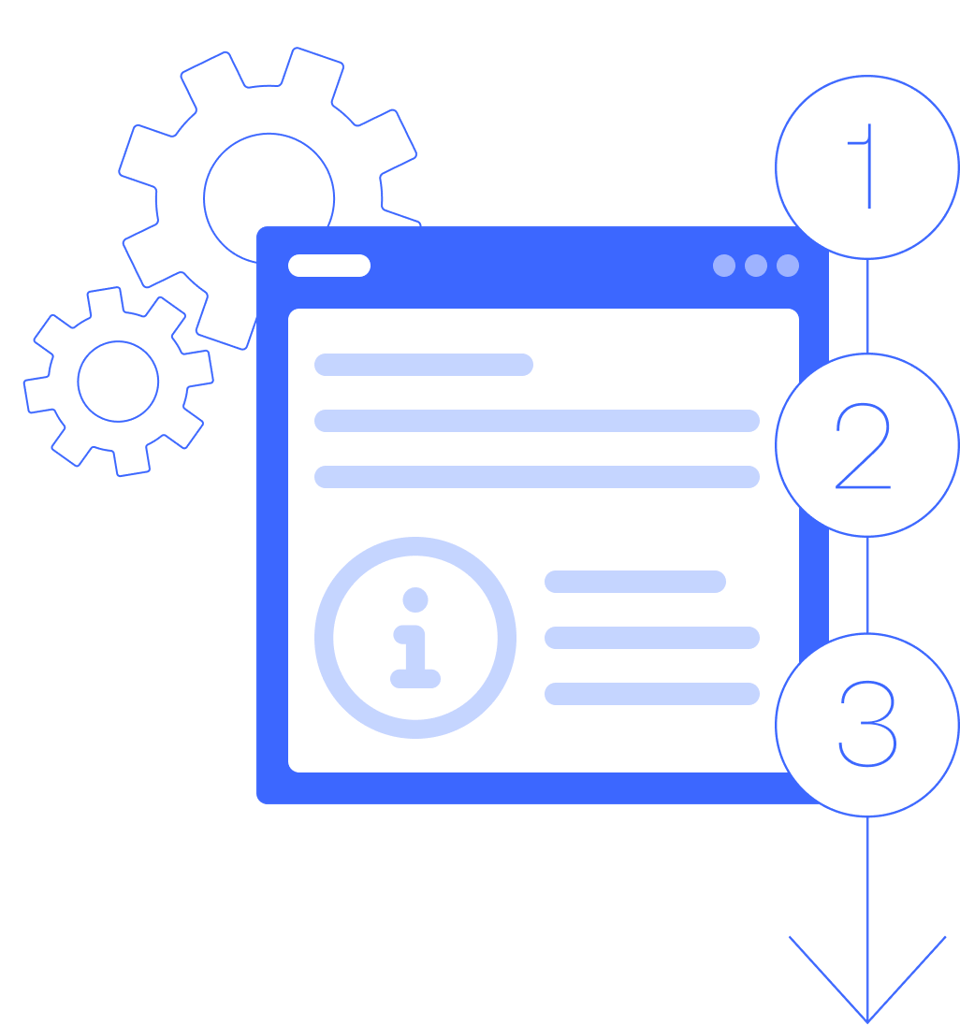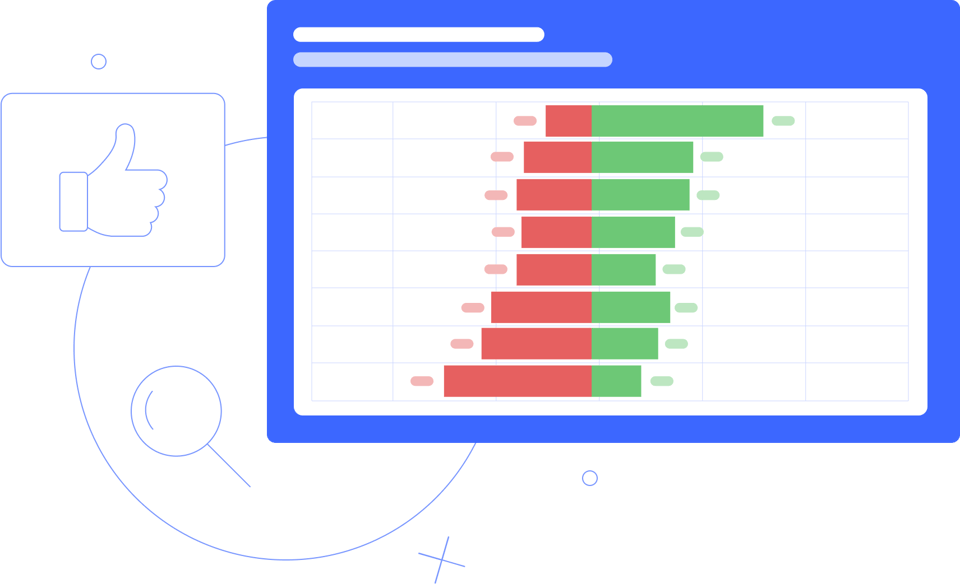Use Case
Product Development

Here's why you need a Product Development strategy
Advantages of market research in Product Development
-
Stay relevant by developing products that align with the needs and wishes of your target audience.
-
Identify and mitigate potential issues early in the process and reduce the likelihood of costly product failures.
-
Identify areas of growth and improvement to guide strategic decision-making effectively and stand out in a competitive market.
Methods to include in your Product Development
Concept Testing
Create products with confidence by testing your concept

Conjoint Analysis
Elevate your product portfolio with Conjoint Analysis

MaxDiff Scaling
Master feature prioritization with a MaxDiff Scaling

KPIs to measure
-
Customer Satisfaction Score
-
Competitor Benchmarking
-
Maximum Reach Potential
-
Unique Audience Reach
-
Optimal Feature Mix
-
Net Promoter Score
-
Feature Ranking
-
Price Sensitivity
Essential Product Development questions
-
For prioritizing features
What are the expectations of different target groups regarding the product features? Which new potential features should be prioritized for implementation?
-
For allocating your resources
What is the potential market size, and is it worth pursuing? Which retailers should I focus on for distribution to reach the largest number of potential customers?
-
For beating competitors
Who are our main competitors, and what are their strengths and weaknesses? How can we differentiate our product from competitors in the market?
-
For consolidating your pricing strategy
How should we price our product to maximize profitability and competitiveness? What pricing models or strategies align with customer expectations?
-
For assessing risks
What are the potential risks and challenges associated with our product or idea? How can we mitigate these risks effectively?
-
For consolidating your customer base
Who are our target customers, and what are their specific needs and preferences? Are there distinct customer segments that we should tailor our product to?
Product Development explained (TO BE REMOVED)
-
The purpose of brand tracking is to get data-driven insights into a brand's performance parameters and empower decision-making from the selected target audience's perspective
-
Ways to track brand awareness include measuring advertising effectiveness through online surveys, top-of-mind awareness, unaided brand recall and aided recall.
-
The stages of the branding process include conducting market research, defining the brand identity, designing and developing brand assets, launching the brand, and ongoing brand management and evaluation.
-
Brand monitoring works by tracking the mentions of your company/brand over various channels to identify if the perception of your brand is consistent on different platforms.
-
Brand lift studies help you understand how specific ad campaigns impact consumers' perceptions of your brand. They measure brand perception in the moment, as opposed to a brand tracker study that measures brand perception over time.
More use cases & methods
Develop and improve your product portfolio with these product developments methods
Innovation
Concept test
Innovation
Conjoint analysis
Innovation
MaxDiff scaling
Innovation
Kano method
Innovation
TURF analysis
Strategy
Pricing analysis
Frequently asked about product development
-
Consumer panels offer product teams a reliable way to validate ideas, test concepts, and refine products based on real user input. The main benefits include:
Early-stage insight for concept validation
Panels let companies test product ideas before investing in full development. Feedback on needs, preferences, and pain points helps determine whether a concept has market potential.
Faster iteration through continuous feedback
Because panelists are already recruited and profiled, product teams can quickly gather insights at every stage—ideation, prototyping, beta testing, and launch. This accelerates development cycles.
Higher accuracy through consistent sampling
A stable panel provides comparable feedback over time, making it easier to measure how new features, designs, or messaging influence perceptions from one iteration to the next.
Deeper understanding of user behavior
Panels allow for both quantitative surveys and qualitative methods like diary studies, in-home tests, and long-term usage tracking. This reveals how real consumers interact with a product in their everyday context.
Reduced risk of product failure
Continuous validation ensures teams catch usability issues, misaligned features, or unmet needs early. This increases the likelihood that the final product matches customer expectations.
Better tailoring for specific segments
With pre-profiled panelists, companies can test products with the exact demographic or behavioral segments they aim to serve, improving relevance and differentiation.
Overall, consumer panels help product teams build solutions that are more user-centric, better tested, and more likely to succeed in the market.